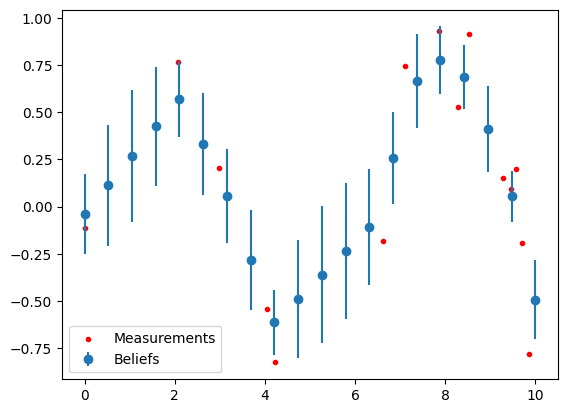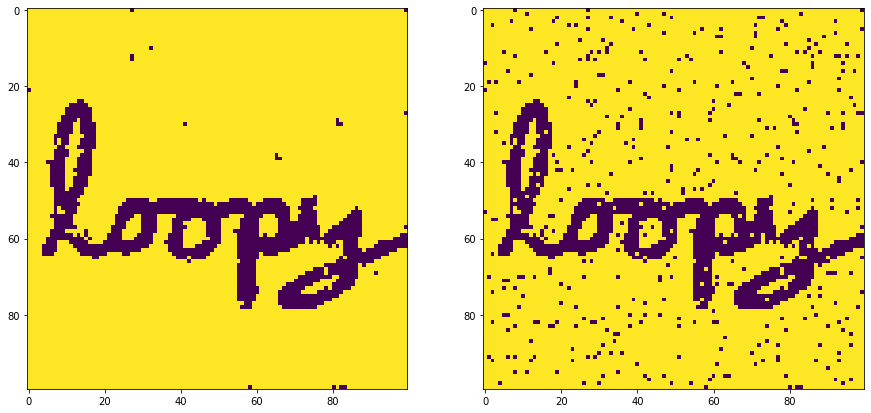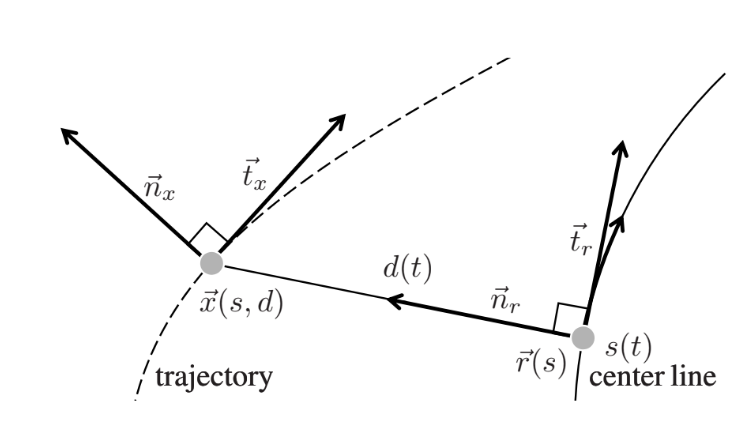Line Fitting using Gaussian Loopy Belief Propagation
Algorithm and Python implementation
By Mario Lüder
Gaussian Belief Propagation is a variant of Belief Propagation and used for inference on graphical models if the underlying distribution is described as a Gaussian.
[Read More]


